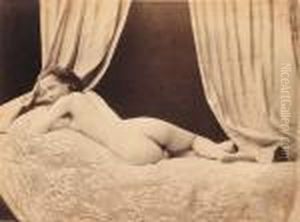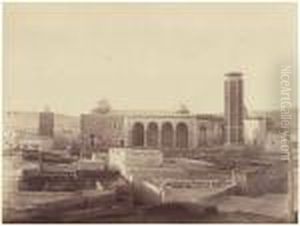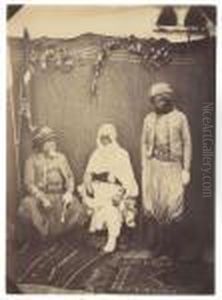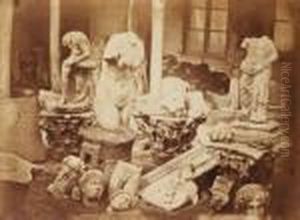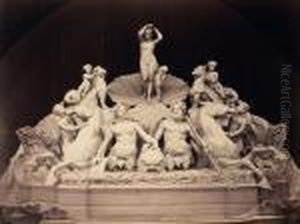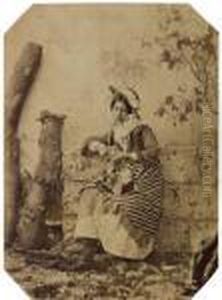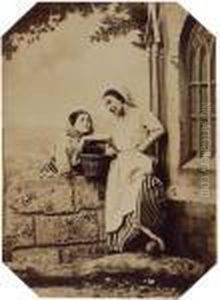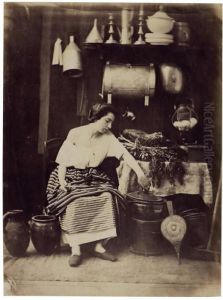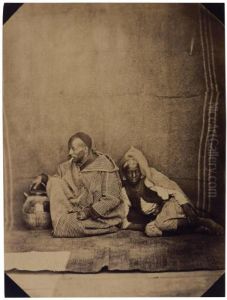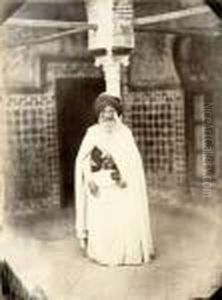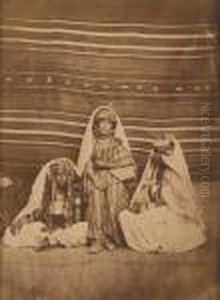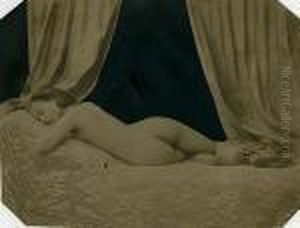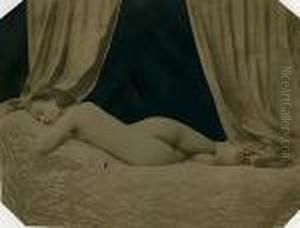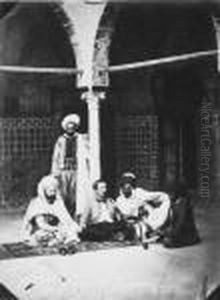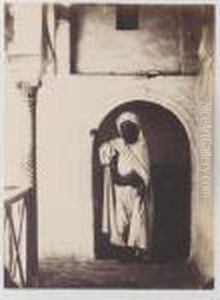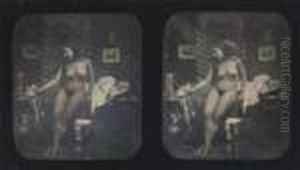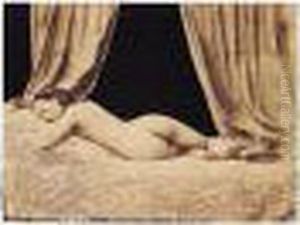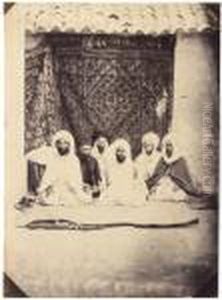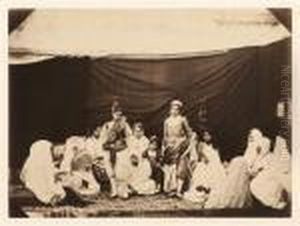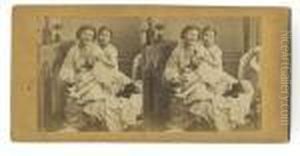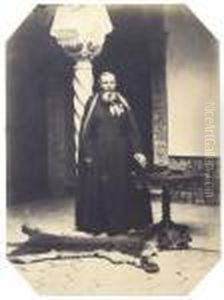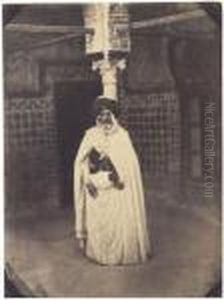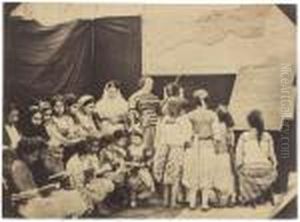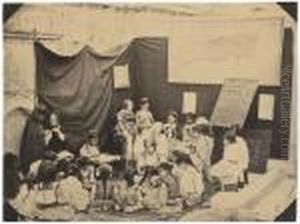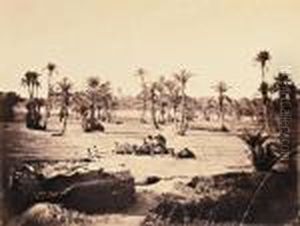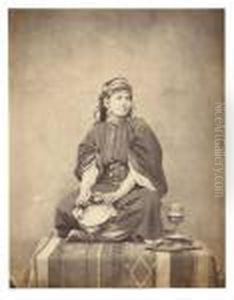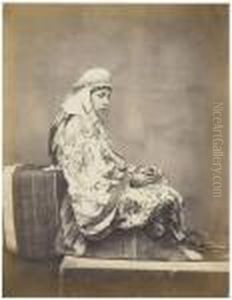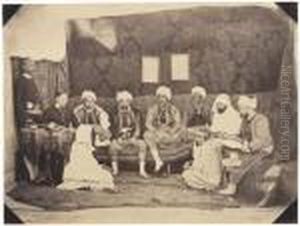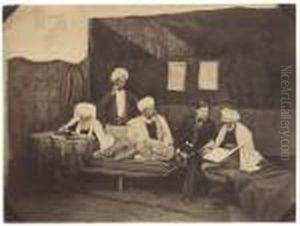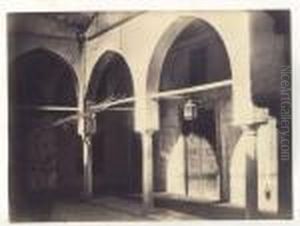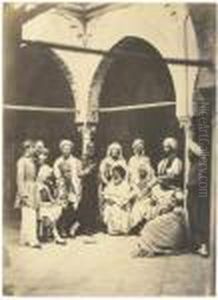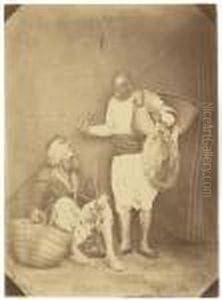Felix Jacques Ant. Moulin Paintings
Felix Jacques Antoine Moulin was a French photographer known for his work during the early days of photography. Born in 1802 in France, Moulin is often recognized for his contributions to the development of photography as an art form and for his role in the popularization of photographic techniques.
Moulin's career began in the 1840s, a time when the medium of photography was still in its infancy. He was one of the early practitioners of the daguerreotype process, a method of creating images on silver-plated copper sheets, which was the first commercially successful photographic process. Moulin was particularly adept at portrait photography, and he quickly gained a reputation for his skillful representation of the human figure.
During the 1850s, Moulin explored various subjects beyond portraiture, including landscapes and architecture. However, he is perhaps most infamously known for his production of erotic imagery. This controversial aspect of his oeuvre led to legal troubles, and in 1851, he was convicted for producing and distributing indecent images, which were considered scandalous at the time. Despite this setback, Moulin continued to operate his studio and produce a wide range of photographic works.
Moulin's contributions to photography extended beyond his own practice. He was also a teacher, sharing his knowledge and skills with a new generation of photographers. His work was exhibited in various venues, contributing to the rising recognition of photography as both a commercial enterprise and an artistic pursuit.
Felix Jacques Antoine Moulin passed away in 1875, leaving behind a legacy that reflects the complex and evolving nature of photography during the 19th century. While his name may not be as well-known as some of his contemporaries, his impact on the medium and his exploration of its artistic and expressive possibilities remain significant in the history of photography.
